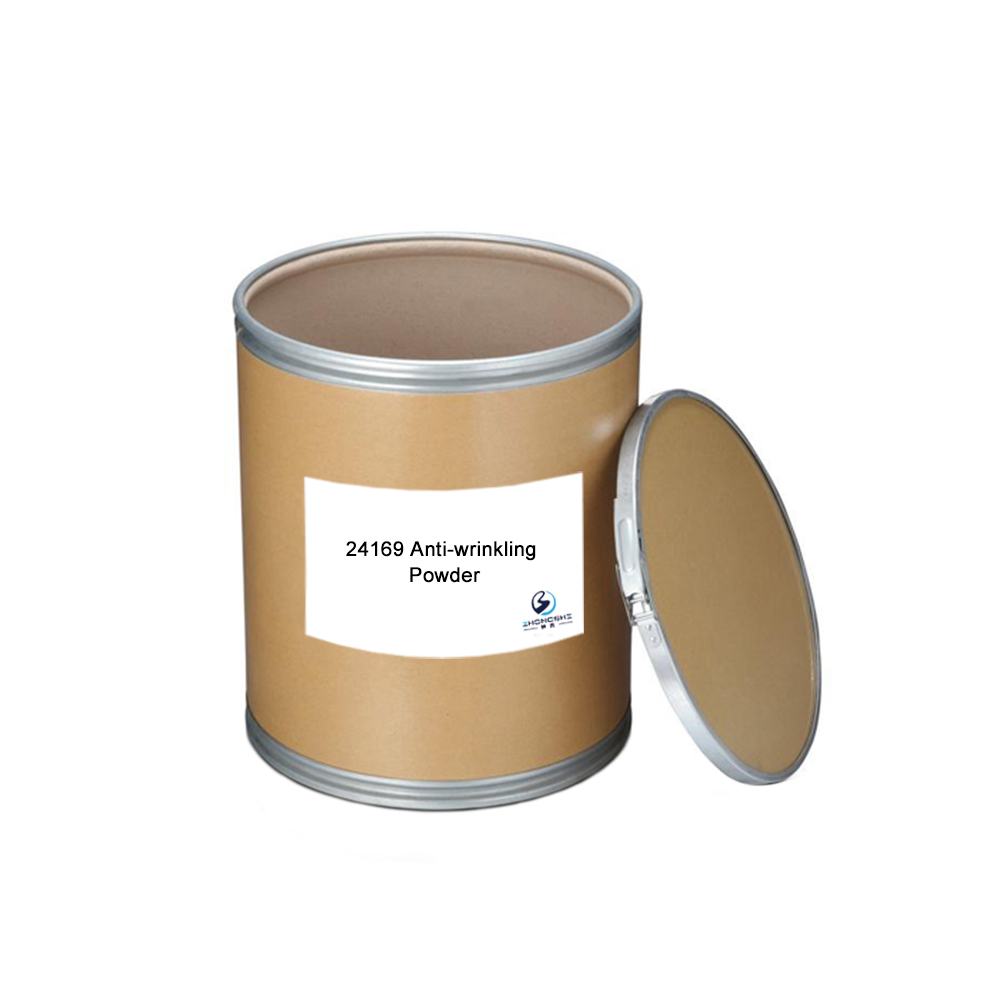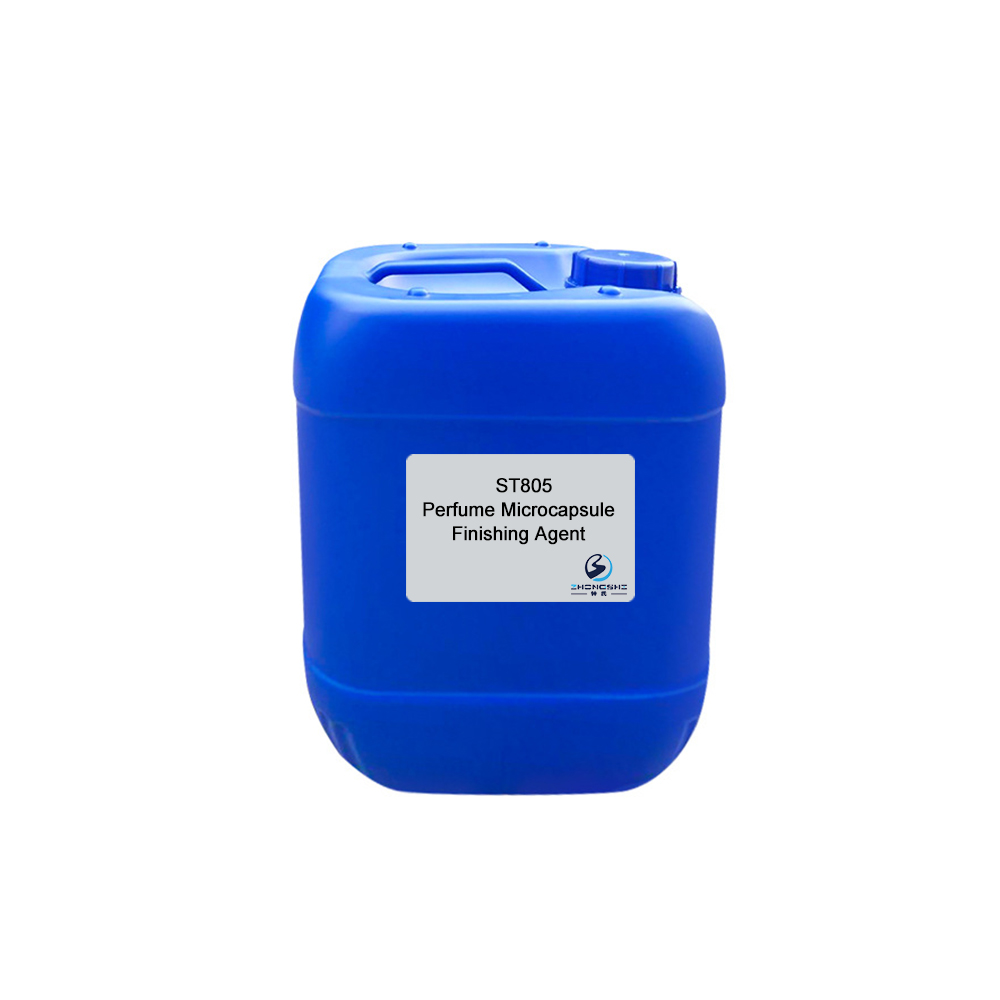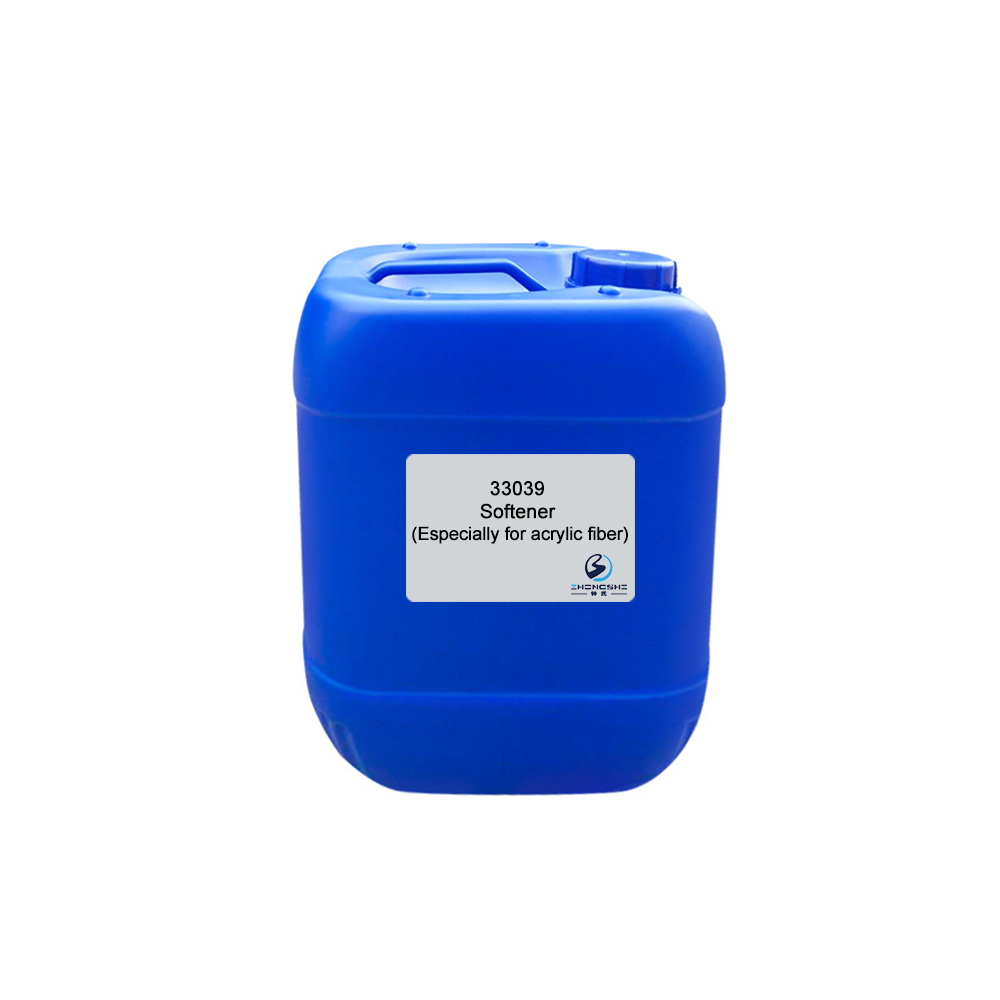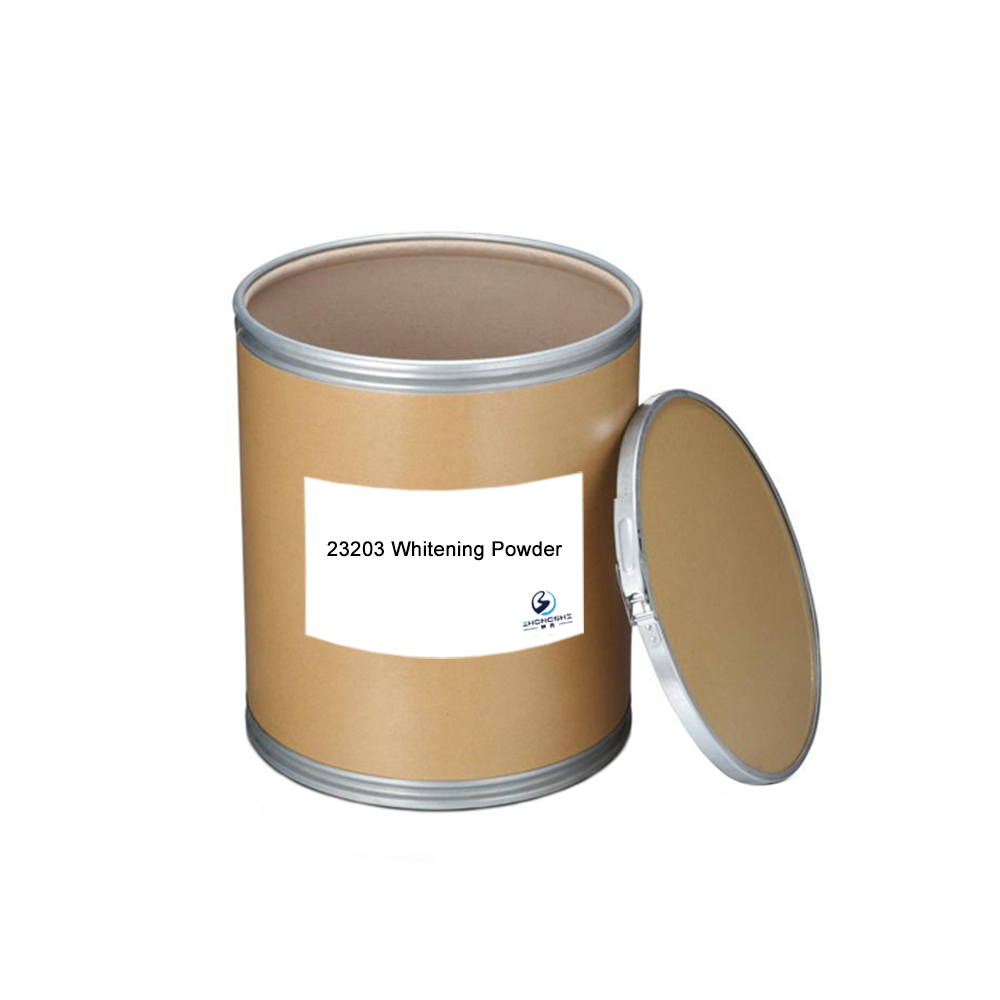Top Suppliers Cellulose Fiber Fragrance - 10037 Anti-mosquito Finishing Agent – Innovative
Top Suppliers Cellulose Fiber Fragrance - 10037 Anti-mosquito Finishing Agent – Innovative Detail:
Features & Benefits
- Releases anti-mosquito component slowly. Has lasting mosquito repellant effect.
- Safer than other anti-mosquito finishing agent that contains insecticide, as permethrin, etc.
- No negative influence on appearance or physical index of fabrics.
- By adding cross-linking agent, keeps excellent anti-mosquito effect after washing 10 times.
Typical Properties
| Appearance: | White dispersion liquid |
| Ionicity: | Nonionic |
| pH value: | 6.0±1.0 (1% aqueous solution) |
| Solubility: | Soluble in water |
| Application: | Various kinds of fabrics |
Package
120kg plastic barrel, IBC tank & customized package available for selection
TIPS:
About finishing
Any operation for improving the appearance or usefulness of a fabric after it leaves the loom or knitting machine can be considered a finishing step. Finishing is the last step in fabric manufacturing and is when the final fabric properties are developed.
The term ‘finishing’, in its widest sense, covers all processes which fabrics undergo after their manufacture in looms or knitted machines. However, in a more restricted sense, it is the third and final stage of processing after bleaching and dyeing. Even this definition does not hold well in some cases where the fabric is not bleached and/ or dyed. A simple definition of finishing is the sequence of operations, other than scouring, bleaching and coloration, to which the fabrics are subjected after leaving the loom or knitting machine. Most finishes are applied to woven, nonwoven and knit fabrics. But finishing is also done in yarn form (e.g., silicone finishing on sewing yarn) or garment form. Finishing is mostly done in fabric form rather than in yarn form. However, sewing threads made from mercerized cotton, linen and their blends with synthetic fibers as well as some silk yarns require finishing in yarn form.
A fabric’s finish can be either chemicals that change the fabric’s aesthetic and/or physical properties or changes in texture or surface characteristics brought about by physically manipulating the fabric with mechanical devices; it can also be a combination of the two.
Textile finishing gives a textile its final commercial character with regard to appearance, shine, handle, drape, fullness, usability, etc. Nearly all textiles are finished. When finishing takes place in a wet state, it is called wet finishing, and while finishing in a dry state, it is called dry finishing. The finishing auxiliaries are applied using finishing machines, padders or mangles with one- or two-sided action or by impregnation or exhaustion. Altering the composition, rheology and viscosity of the finish applied can vary effects.
Product detail pictures:
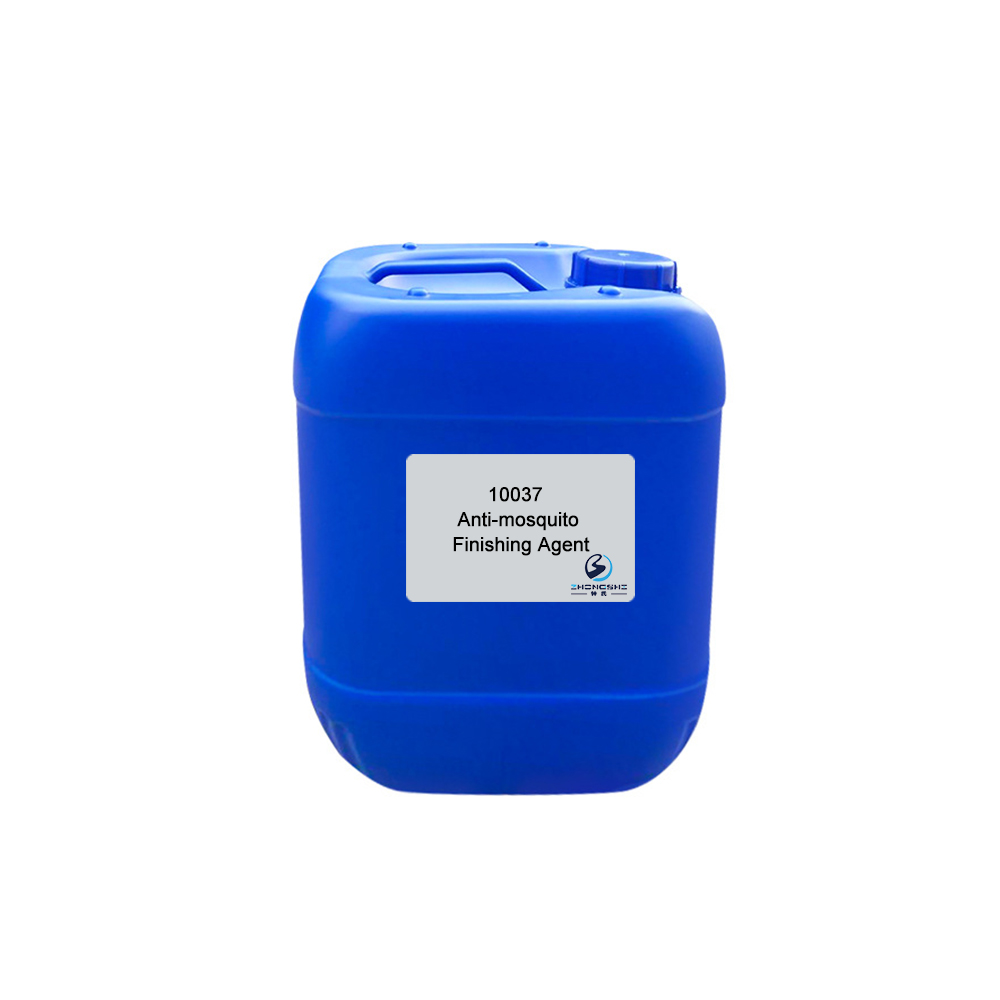
Related Product Guide:
Leveling agent can promote uniform dyeing without dyeing defects, as color strips or color stains, etc. Top Suppliers Cellulose Fiber Fragrance - 10037 Anti-mosquito Finishing Agent – Innovative , The product will supply to all over the world, such as: Afghanistan, Amsterdam, Slovakia, High Concentration & High Temperature Leveling Agent 22503 can be applied in high temperature and high pressure dyeing process. It is suitable for fabrics and yarns of polyester fiber and polyester blends, etc. Leveling Agent 22503 has excellent transferring performance and strong ability of retarding. It can make fibers dyed evenly, decrease the initial dyeing rate and solve dyeing defects. Leveling Agent 22503 is eco-friendly and low foam.
We have worked with many companies, but this time is the best,detailed explanation, timely delivery and quality qualified, nice!



